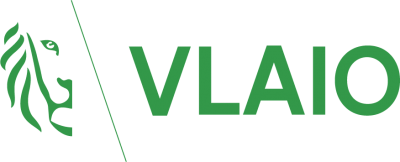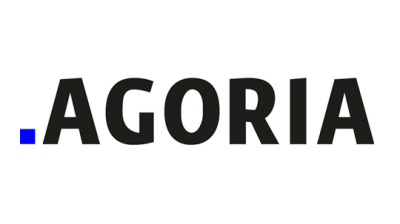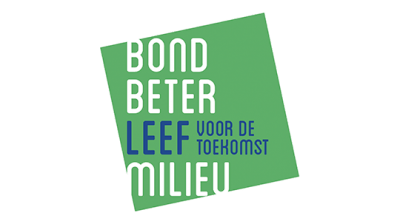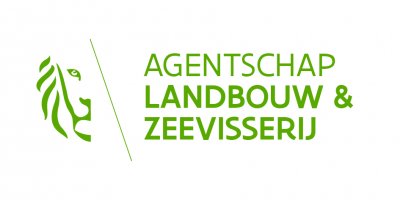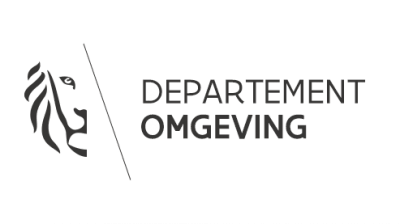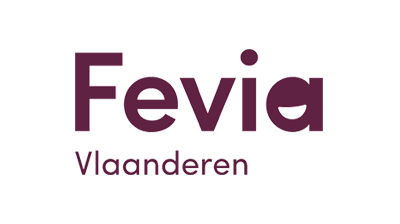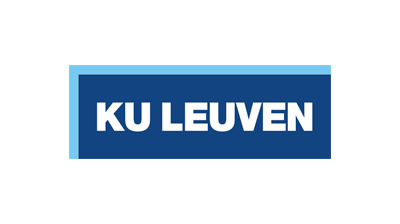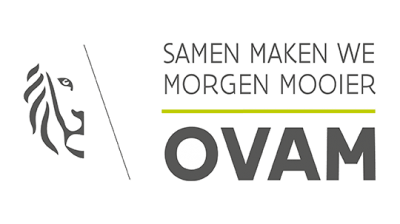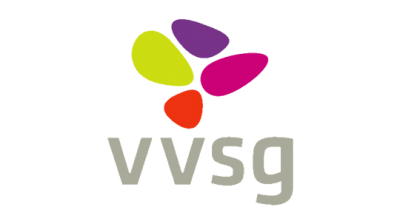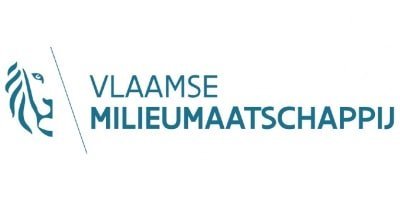Circulair bouwen: de mobiele unit
Travelling models make circular building tangible
With this project, Odisee University College wants to lower the threshold to circular construction methods for contractors. We want to translate the principles of circular construction into hands-on solutions so that they are more easily adopted in practice on the building site.
Specifically, we designed a special mobile unit with which we can literally go to contractors to present circular building principles using a series of life-size models. We work within five domains (wall, roof, floor, joinery and techniques) and the focus is on sustainability, comfort, reuse and disassembly of materials.
With the unit, we want to show contractors the added value of circular construction and also immediately give them the right steps to apply circular techniques. The aim is for contractors to start working in a circular way and thus become ambassadors of circular construction themselves.
Key results |
Key lessons learned |
|
|
What will the future bring?
It is important that we keep the maquettes up-to-date with advancing insights. The mobile unit will also continue to be supplemented with other models, depending on the themes of the courses linked to it.
Furthermore, the mobile unit is rented by the research group DUBiT, affiliated to Odisee. They also organise training courses. Training courses can also take place on the Aalst campus site. Our partner UGent has also been using the mobile unit to inspire architecture students on circular building practices since October 2022.
Odisee
Partners VDAB, Bouwunie, Universiteit Gent
